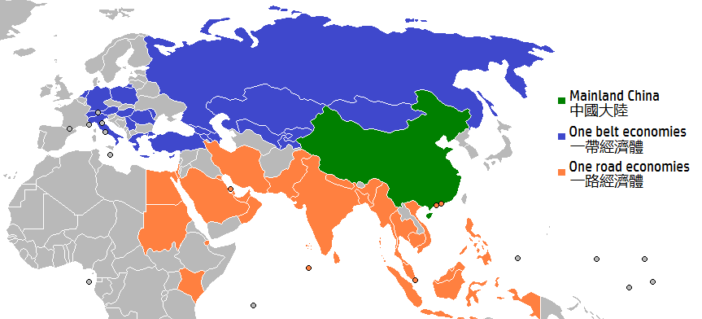China may see more student diversity within the next few years. The Ministry of Education signed a Memorandum of Understanding (MOU) with six local governments this past Tuesday. The provinces include Inner Mongolia. Heilongjiang, Jilin, Shaanxi, Qinghai, and the city of Qingdao. The MOU is set to promote education through the Belt and Road Initiative, President Xi Jinping’s premier international trade cooperation since 2013. The Belt and Road Initiative aims to bring together over 60 countries in Asia, Europe, and Africa to increase infrastructure building, financial cooperation, and cultural exchange between these regions.
The Belt and Road Initiative’s focus on education and cultural exchange is sure to bring more diverse populations to Chinese schools. Following this trend of increased cultural and education cooperation, Beijing may also begin to see a more varied population of students within its midst.
The MOU aims to create education cooperation platforms at the provincial level for the Belt and Road Initiative in order to train needed professionals in various fields. The government had previously signed the same MOUs with eight other provinces and autonomous regions.
Education Minister Tian Xuejun stated that the Ministry of Education had already planned hundreds of projects for education cooperation with local governments and plans to provide greater support for foreign exchange-students, regional studies, and people-to-people exchanges.
The Belt and Road Initiative’s educational focus is already gaining traction both abroad and at home. Just last Wednesday, Hong Kong’s government announced it would nearly triple its Belt and Road Initiative sponsorship funding, with a total HK$8.2 million to be spent on youth exchange programs with the mainland.
An educational summit related to the Belt and Road Initiative was also held in Beijing last May. During the conference, participants spoke of the need for greater student exchanges between Belt and Road Initiative countries. China and Pakistan stand as an example of two countries that have seen increasing educational cooperation. More Pakistani students have started to come to China for study-exchange programs while both countries have built study centers and institutes to support the education of students from the other’s country, such as Confucius Institutes in Pakistan and Pakistani study centers in China.
While China has been increasing its leadership in various sectors, including environmental protection, and trade, one cannot help but wonder what China’s educational leadership will bring to the country and the world.
Photo: Tart (wikicommons)




